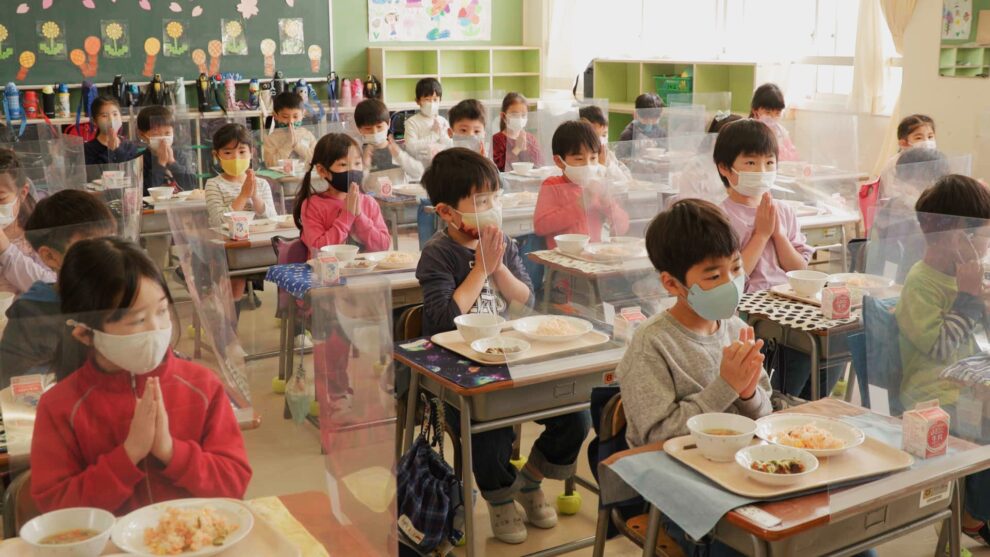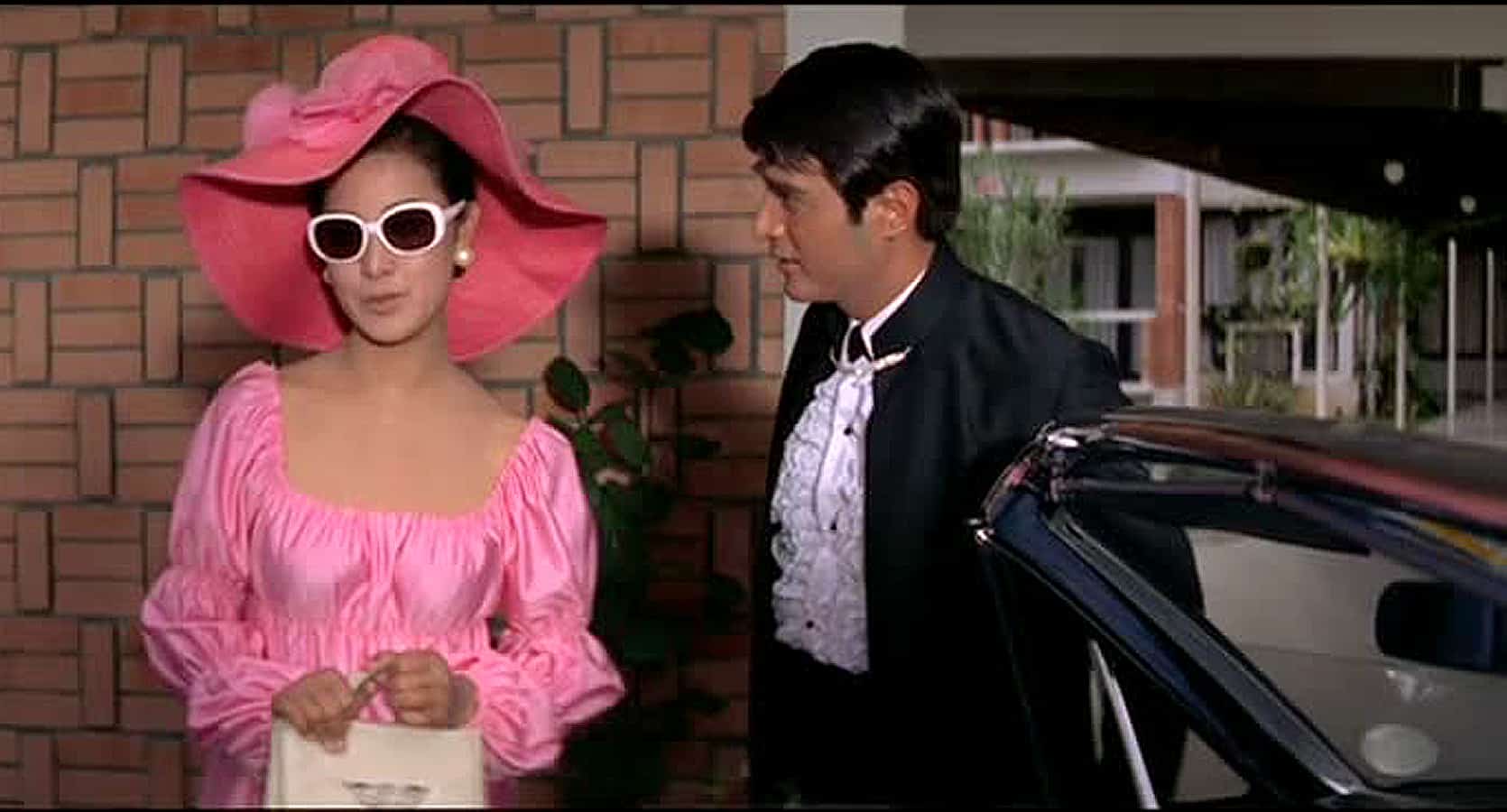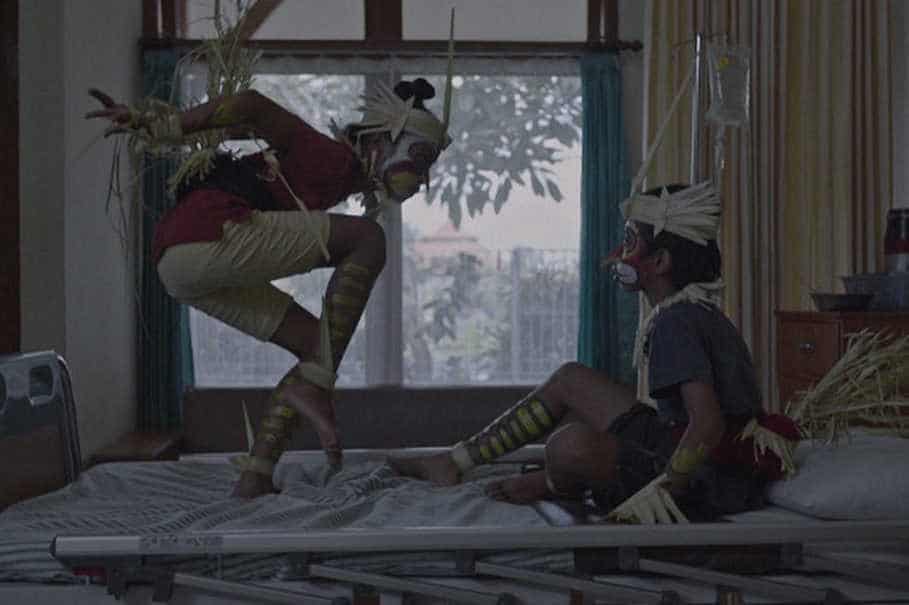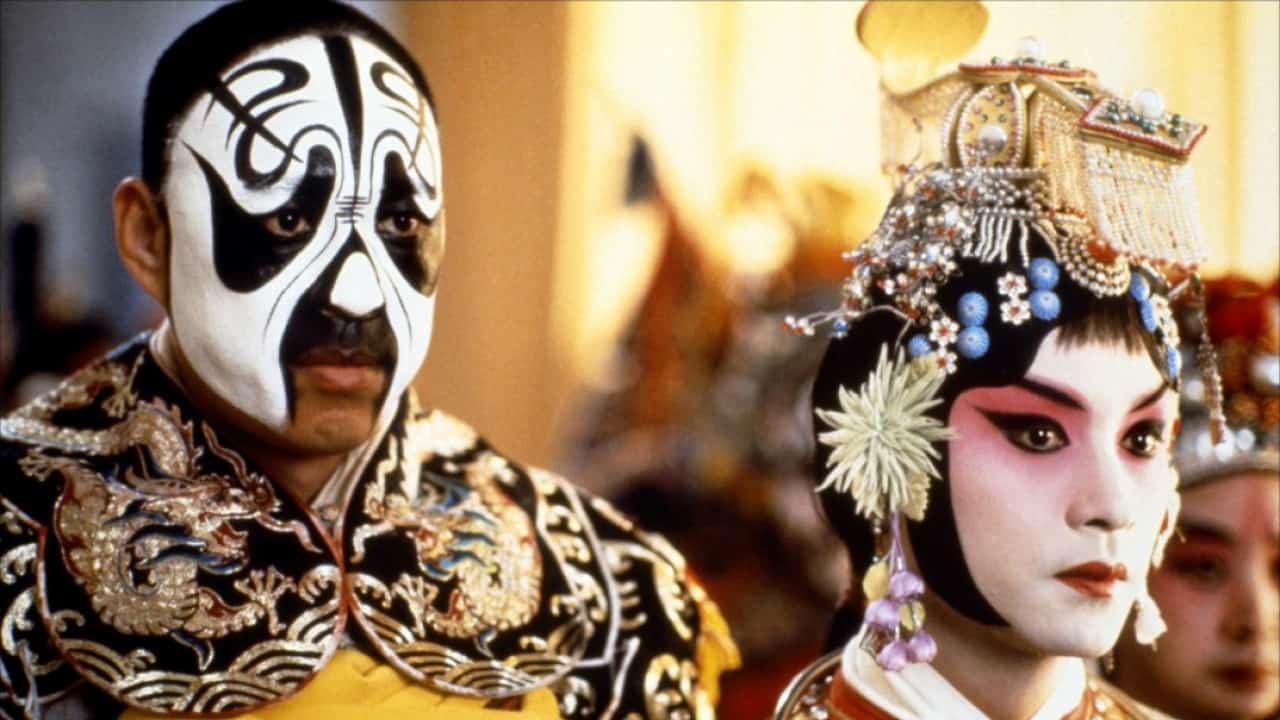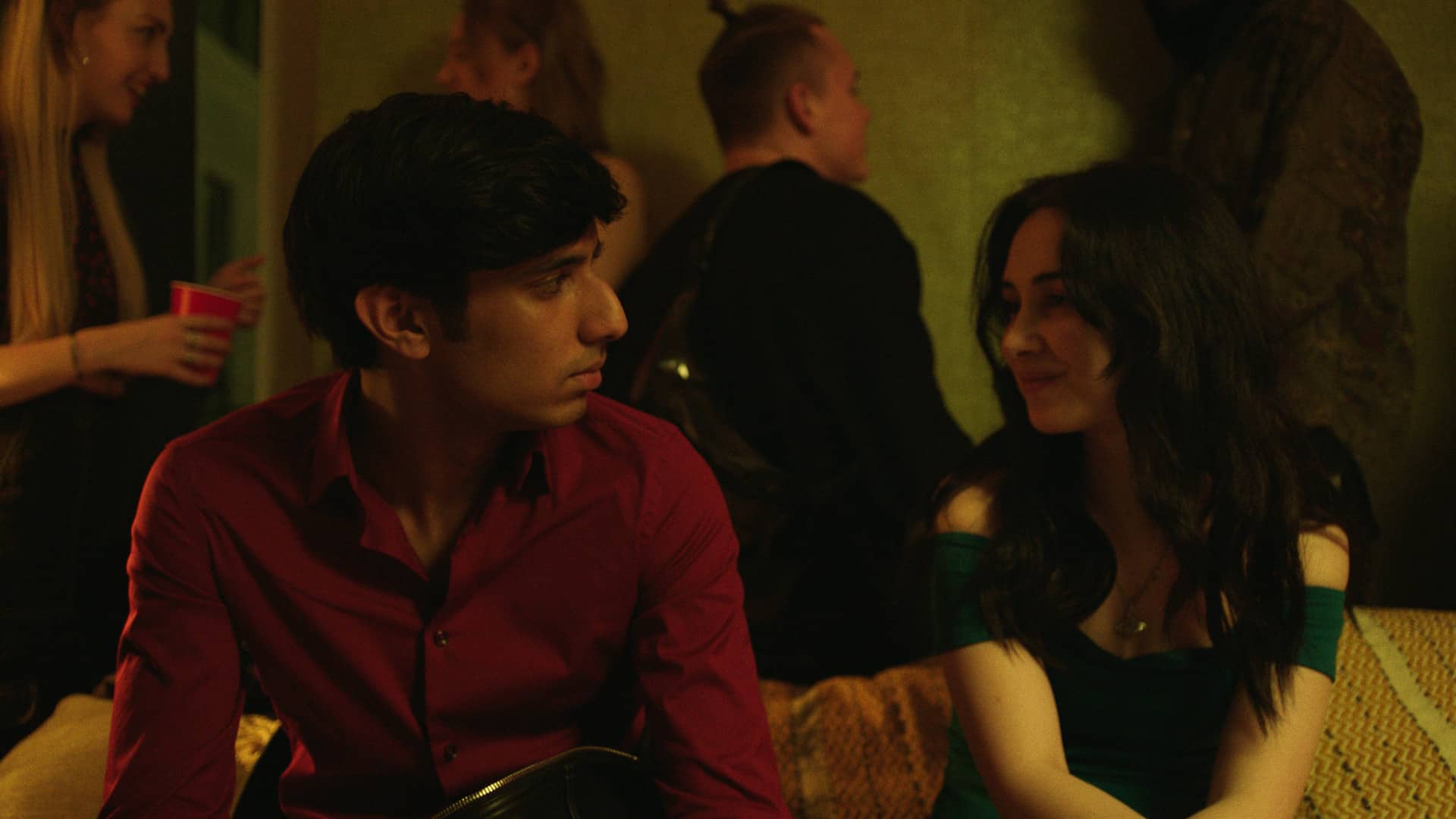Considering that Japan is one of the most well-organized countries in the world, with a system that works on more levels than the overwhelming majority of other nations, it is quite interesting to see how this result is achieved, and how the specific Japanese identity plays a crucial role in it. Ema Ryan Yamazaki, a British Japanese filmmaker attempts to highlight the aforementioned by closely following the 1st and 6th graders for one year at a public elementary school in Tokyo, as well as their teachers, in the midst of the pandemic.
The Making of a Japanese is screening at Thessaloniki Documentary Festival
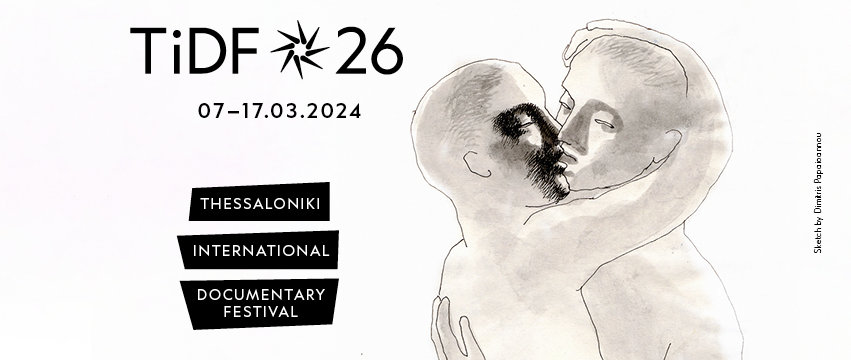
The documentary starts in April, at the beginning of the school year, upon the entrance ceremony for the incoming 1st graders. Obviously out of their depth, they have to be taught essentially everything, which, in a Japanese school amounts to learning how to line-up, care for their personal safety, clean their own school, and even serve one another lunch. At the same time, the 6th graders, who have reached the top of the elementary school, are expected to provide an example for the younger students both through their actions and their behavior. These include running the school's broadcasting department, replenishing hand soaps in sinks, coming up with slogans to boost morale, and helping the 1st graders with the difficulties they have.
As the semester passes, we watch how the students are trained to face natural disasters, which in the case of Japan, are quite common. Their teachers guide them during the monthly earthquake drills, which include and derive from always retaining order, which in this case, means aligning their shoes and bags, taking care of their belongings and cooperating with one another. As the pandemic becomes a factor, more elements are added. Students must measure their temperature every morning and report any flu symptoms through a designated form. Additionally, they should acquire computer skills for remote classes conducted from home and practice social distancing, even when attending in-person classes.
The teachers follow them quite closely, while the school system demands from them to evaluate themselves and their efforts, and to receive evaluation from their teachers every trimester. For the 1st graders, their evaluation is solely focused on how well they perform in the aforementioned duties and their overall attitude, which also includes ‘breaking out of their shell', which one teacher explains in rather graphic fashion.
As the seasons pass, Yamazaki also follows some of the students and teachers individually, with the rope jumping, the music audition and the ‘elections' prove to be a challenge for both, with the latter also facing self-doubt and question how to educate the next generation, who seem to have to face more significant issues than their own.
The appearance of a government official who specializes in extracurricular school activities also showcases an issue that is probably on the mind of every Western viewer when watching a film about the Japanese, concerning suicides in the country, particularly among youths. That the official mentions that this could be a problem deriving from the education system and that perhaps some changes should be made in order to make a difference, is also indicative of how the system works in Japan, with self-evaluation and taking responsibility being among its main ‘ingredients'. That the teachers are also evaluated and occasionally criticized by their colleagues and their higher ups, cements this approach in the most eloquent fashion.
The approach Yamazaki implements, by presenting the school year through chapters that correspond on the trimesters, also highlighting the changes in nature works quite well, making the documentary seem much briefer than the 99 minutes of its duration. At the same time, the juxtaposition of 1st and 6th graders is quite smart, since it highlights how the students start their years in the elementary school, and how the system aims for them to be by the time they finish it. Lastly, the focus on the teachers makes the overall portrait even more thorough, concluding the excellent presentation of the Japanese school system at this level. In that regard, the editing by the director, Mariko Ide and Mizuki Toriya emerges as excellent, both in terms of pace and in the juxtaposition of the different elements of the narrative (1st grade, 6th grade, teachers, the faculty)
Some questions (issues if you prefer) do rise, however. Is the particular school an average Japanese school or among the best in the country, for example. Is what we are seeing the regular way things are done, or are the camera and the presence of the crew affecting what we are seeing? Of course, especially the latter is a question that always arises in documentaries, but in the particular setting and the particular country, it does appear to probably play a more significant role.
Nevertheless, “The Making of a Japanese” is an excellent documentary that sheds much light on how the locals are shaped from the elementary level, as much as a testament on how the order that dominates most aspects of life in the country is instilled in them.


